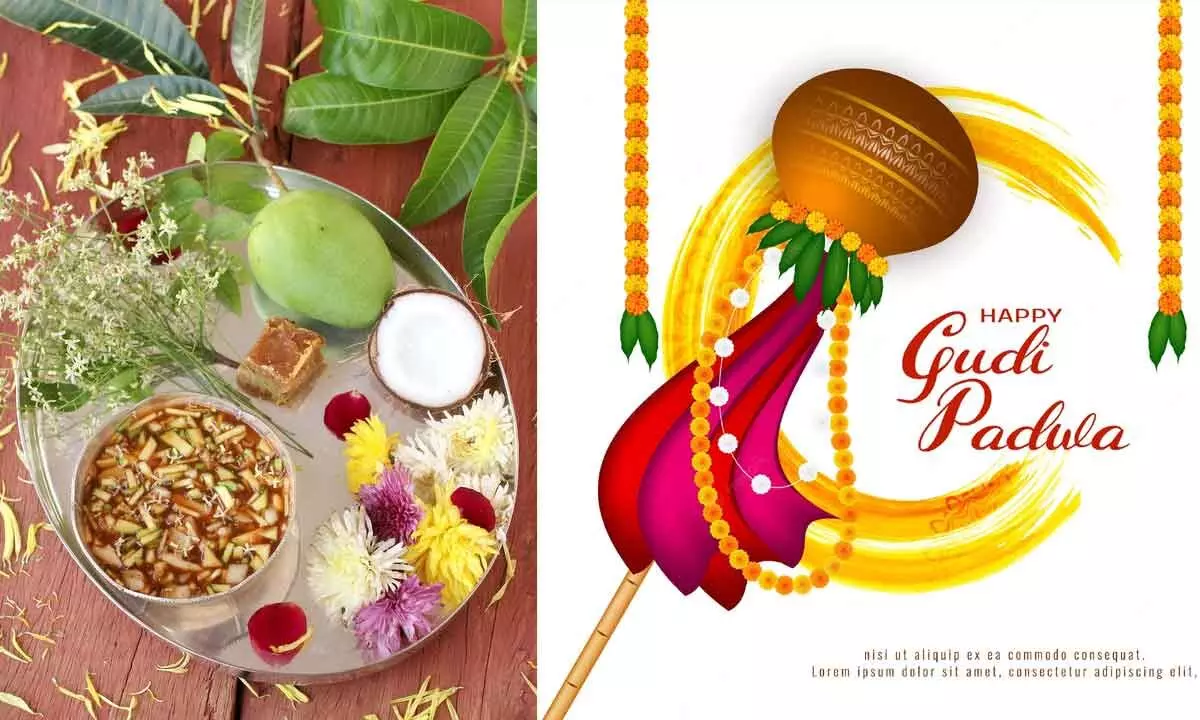Live
- 38 more Myanmarese immigrants deported to Myanmar from Manipur
- IPL 2024: Fifties from Nitish Reddy and Travis Head carry SRH to huge 201/3 against RR
- Repolling at one booth in Ajmer records 68.66 pc turnout
- J&K Police attach property of terror handler operating from Pak
- LS polls: MVA, VBA candidates in Maharashtra file nomination amid muscle-flexing
- TUC 2024: India’s campaign ends as both men's and women's teams go down in quarters
- NewsClick, others went to great lengths to paint CAA as discriminatory law targeting Muslims: Delhi Police charge sheet
- Illegal mining in Rajasthan: 4 FIRs lodged, 27 vehicles impounded
- Schools bomb threat: 125 calls received at police emergency number, says FIR
- In Gujarat, PM Modi's no-holds-barred attack on Cong, INDIA bloc over Pak's love for 'Shehzada' & 'vote jihad'









